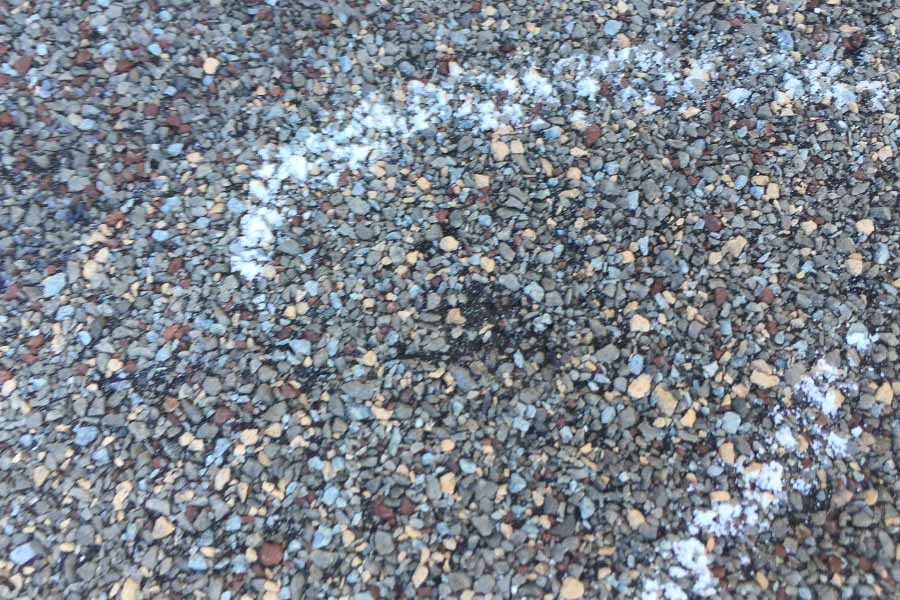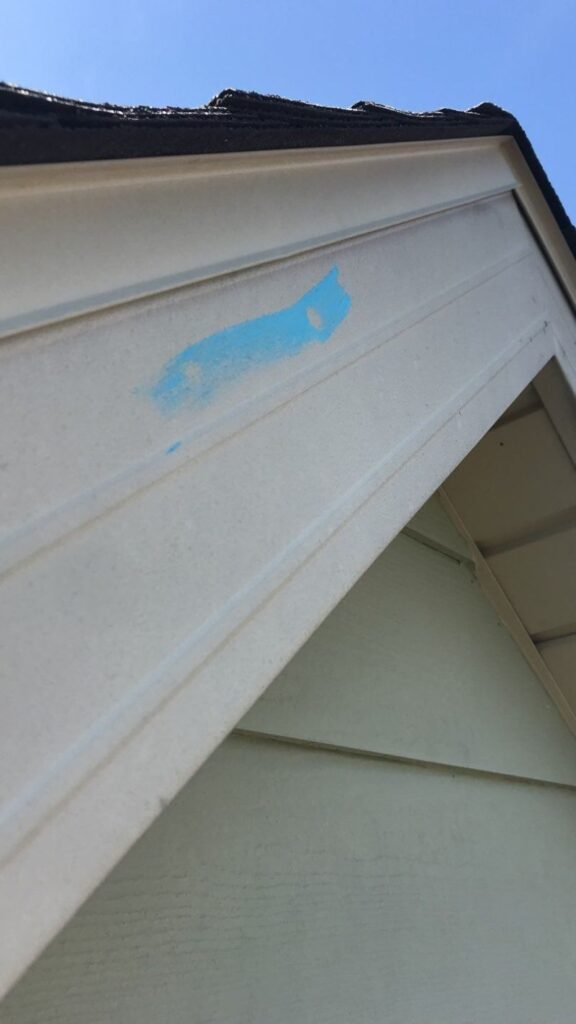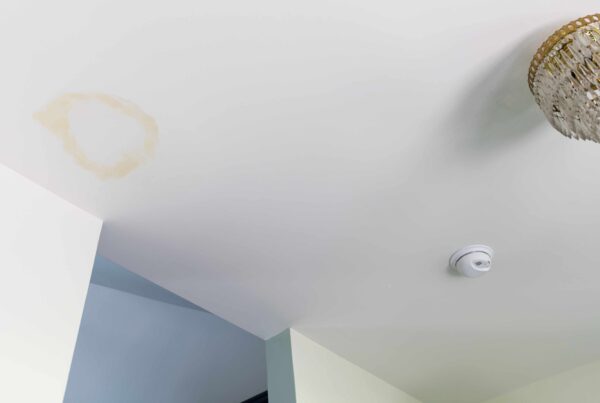When hail hits, the damage may be silent — but the cost to your roof (and wallet) can be massive.
You call your insurance company, file a claim, and they send out an adjuster. Seems simple, right?
Not so fast.
What most homeowners don’t realize is this: the adjuster works for the insurance company — not for you. And while some are fair, others may leave out critical details, deny legitimate damage, or offer just enough to make it look like they helped.
In this post, we’ll reveal 3 things insurance adjusters don’t tell you — but absolutely should — about hail damage claims.
1. Minor-Looking Hail Damage Can Lead to Major Problems (and Still Qualifies for a Claim)
Adjusters may downplay what looks like “cosmetic” hail damage — tiny divots on shingles, dings in vents, or small bruises.
But here’s what they don’t tell you:
⚠️ Hail doesn’t always cause immediate leaks.
It compromises the shingle’s protective layer, breaks the bond between granules, and leads to premature failure months (or even years) later.
The longer you wait, the harder it becomes to prove it was caused by a specific storm — and eventually, they’ll deny it as wear and tear.
That’s why acting quickly after a hailstorm matters. Even if you don’t see leaks, damage may still be present — and covered.

2. If They Don’t See 8+ Hits in a 10×10 Area, They Might Deny the Whole Roof (Even If It’s Damaged)
Insurance companies often use a “test square” method — marking off a 10ft x 10ft section of each slope and counting visible hail impacts.
Here’s the catch:
If they don’t find enough damage in those squares (typically 8 or more), they may say the slope is fine — even if the rest of the roof has significant wear.
But what they don’t tell you is this:
👉 A skilled contractor can challenge that count.
If you’re not on the roof, and your contractor isn’t either, there’s a good chance damage gets missed or undercounted — and the claim gets reduced or denied.
A proper re-inspection with your contractor present can mean the difference between a denied claim and full roof approval.
3. Soft Metal Damage Can Help Prove Hail — But They Rarely Offer That Info Upfront
Hail doesn’t just hit shingles — it hits:
- Gutters
- Downspouts
- Window screens
- Flashing
- Roof vents
- A/C units
- Garage doors
- And even siding
Here’s the secret:
🛑 Visible hail damage to soft metals helps validate the size and direction of the hail — which can force the adjuster to reconsider a partial or denied claim.
But they won’t go out of their way to check it all. That’s your roofer’s job — to document the dents, chalk every impact, and build an ironclad report that makes denial difficult.

Bonus: They’re Banking on You Not Knowing the Process
Most homeowners assume adjusters are giving them the full picture. But here’s what you need to remember:
You are not required to accept the first decision.
You have the right to:
- Request a re-inspection
- Bring in your own roofing expert
- Supplement the original scope if it’s missing items
- Get code upgrades covered (in many cases, by law)
A roofing contractor who understands insurance claims can help maximize your payout and ensure your roof gets fixed the right way — not the cheap way.
Final Word: Don’t Play Defense After a Storm
Hail damage can be deceptive. Insurance adjusters might downplay it, miss it, or flat-out deny it.
But with the right contractor on your side, you take the guesswork out of the process.
Call Alfa Y Omega Construction today for a no-obligation storm damage inspection.
We’ll walk the roof, document the damage, and make sure your claim is handled with care — and truthfully.

Slade is the Sales Manager at Alfa Y Omega Construction and brings over 24 years of hands-on experience in the construction industry. He’s passionate about helping homeowners navigate the often confusing process of roof replacement and storm-related insurance claims. With a background rooted in both fieldwork and customer service, Slade ensures every client is informed, protected, and treated with integrity. Whether it’s identifying hidden damage or guiding you through a complex claim, his goal is to simplify the process and deliver results. When you work with Alfa Y Omega, you get a team that fights for your home like it’s their own.



